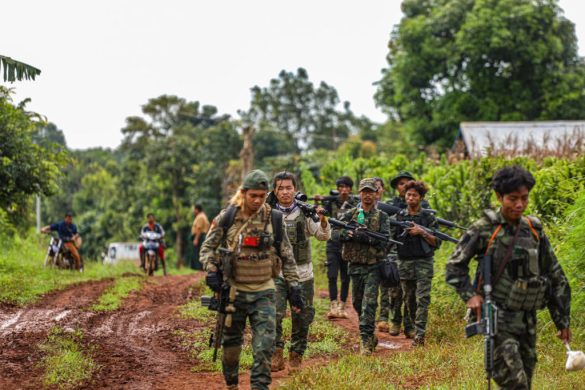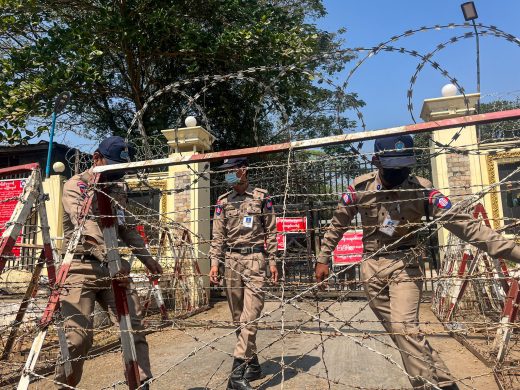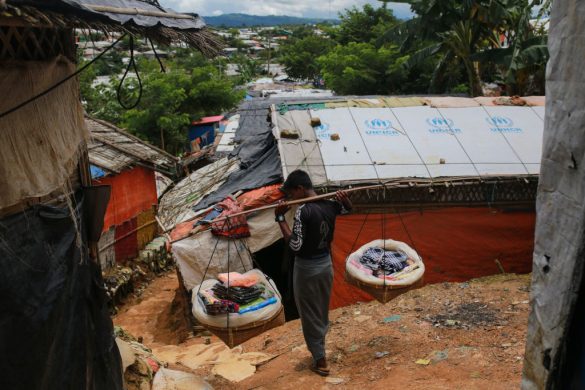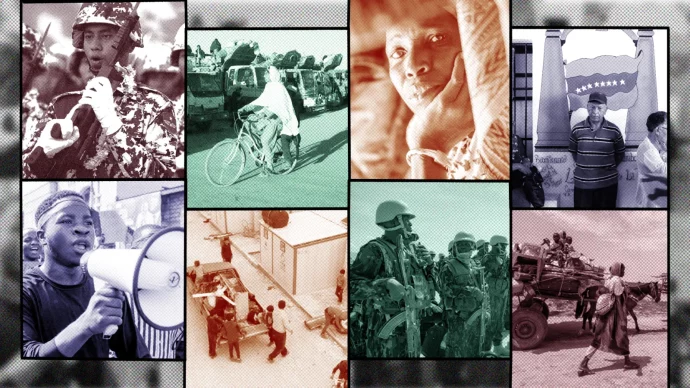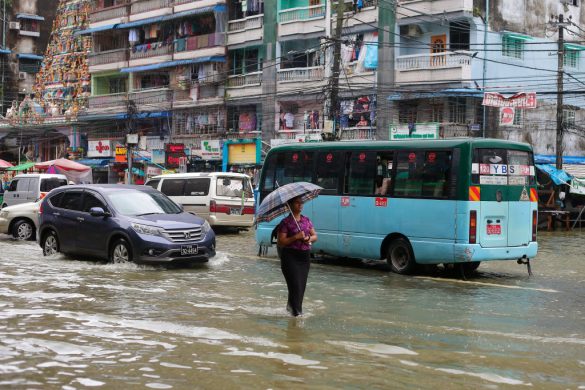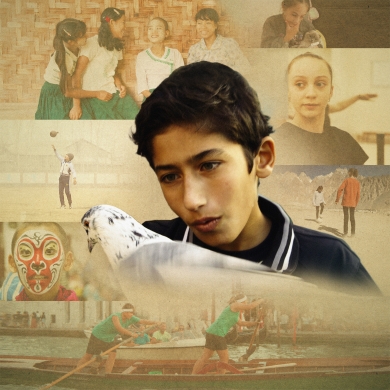Myanmar’s internet exploded with hate speech, fake news photos, and racist narratives after the Myanmar military clashed with Arakan Rohingya Salvation Army (ARSA) on August 25, 2017, near the Bangladesh border in the northwestern part of the country.
The violence lasted for days with the Myanmar government immediately declaring ARSA a terrorist group while launching aggressive ‘clearance operations’ in the villages of Rakhine state. The government and ARSA blamed each other for civilian casualties caused by the conflict.
As the violence continues, the Myanmar government has tried to assist in relocating non-Muslim ethnic peoples in the area, but Rohingya civilians, of which there are roughly one million, have been less fortunate. Thus, tens of thousands of Muslim Rohingya refugees are crossing the Bangladesh border to escape the fighting.
While multiple ethnic groups have been affected by the conflict, the international media has emphasized the Myanmar government's treatment of non-militant Rohingya people fleeing the violence, and there have been many reports of atrocities perpetrated by the military against the Rohingya. Meanwhile, local media outlets have highlighted the deaths of people from other ethnic groups living in the area, reportedly due to the attacks made by ARSA.
The international community has urged the Myanmar government to stop the violence and take action to help the refugees. However, some in Myanmar have criticized the international media, calling them biased for ‘ignoring’ the plight of the local Buddhist population who were also displaced by the fighting between the government and ARSA.
Attacks on international narratives
Læs hele artiklen hos Global Voices


